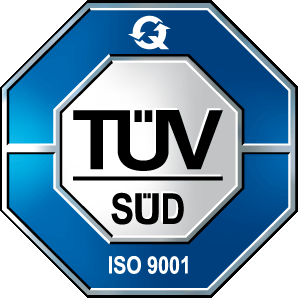Last year, we at pmexperts decided to take up the challenge of translating The PMBOK® Guide – Sixth Edition into Polish. With this article, I would like to start a series titled “Translating PMBOK®”. Regardless of whether it is a difficult or easy task, how complex the process is and how many different opinions there may be about one sentence or even one word, one thing is beyond doubt: translating the PMBOK® Guide is an amazing adventure!
Before I move on to the main part of this series, I would like to stop at just reading PMBOK®. In order to organize further considerations, I will ask two questions:
- Why do you read PMBOK or maybe better yet, why did you read/are you reading PMBOK®?
- How do you read PMBOK or how did you read PMBOK®?
I must admit that in my case there would be at least three answers to the first question, which I could describe as follows: PMP exam, papplying knowledge in practice, translation.
PMP exam
I started my adventure with the PMBOK® Guide by preparing for PMP® exam. It was still the Fifth Edition, and the main motivation was to gain knowledge focused on finding answers to exam questions. So I was looking for a logical connection of process groups, knowledge areas, inputs, tools and methods, and results in PMBOK®. I learned many things by heart, but above all, I did not read PMBOK® like a book, from beginning to end, but rather like an encyclopedia – a compendium of knowledge. Obviously, I did not notice – because I could not notice – the “action”, i.e. the logical sequence of events. I passed the exam, so I can say that although this way of reading worked at some stage, it did not make me feel much sentimental about the book itself. It was a rough, male friendship.
Applying knowledge in practice
It was undoubtedly a completely different reading, without time pressure, less subject-oriented and definitely more insightful, although still focused on specific areas in which I needed support. It was also the time of the appearance of the sixth edition of the Guide, which in turn forced me to look for differences between the editions. So I still didn’t capture the “action”, but there were emotions. Some of the issues I was associated with disappeared and many new ones appeared, which I knew from the other, agile world of project management, which made me very happy because now it was more my world. By “applying knowledge in practice” I also understand conducting project management training in accordance with good practices described in the PMBOK® Guide. So I paid particular attention to all new practices and the tools and methods associated with them.
Translation
It was during the translation that I read the PMBOK® Guide for the first time without any breaks or abbreviations, from beginning to end, in order, and to be honest, it was only then that I saw “something” in it. No, it didn’t happen right away, after completing the first chapters, it didn’t even happen halfway through. This happened when I started reading Part 2, but it came to light when reading Part 3. Part 2 helped me organize the project management processes in time and space, Part 3, in turn, allowed me to understand the logic of the book itself and the genesis of the changes introduced in the sixth edition.
Finally, a thought like “a wise Pole after the damage”, or how I would read the PMBOK Guide today. The answer is: it depends on why I would read it. I would read it differently if I was preparing for the PMP® exam, differently if I was looking for practical knowledge needed for project management, and finally differently if I was preparing training based on the new edition. But you will read about this in the next part of the “Translating PMBOK” series.
Author: Arkadiusz Urbański









